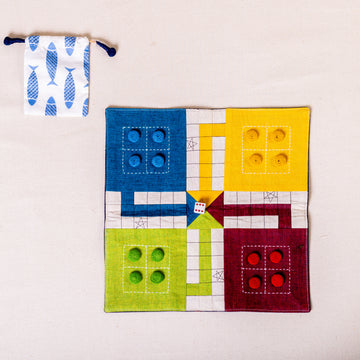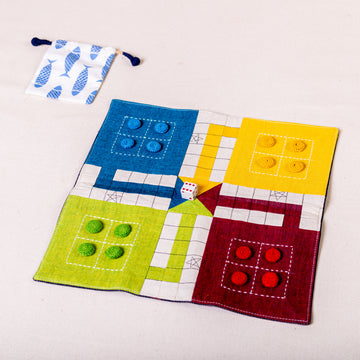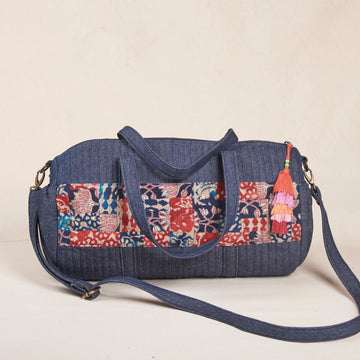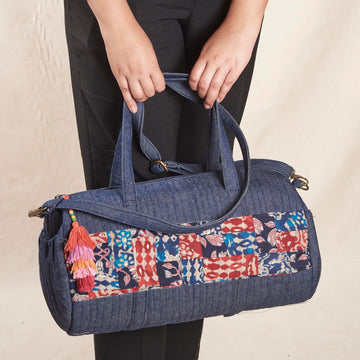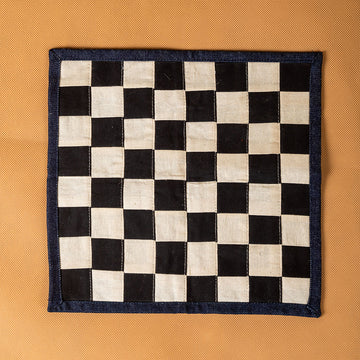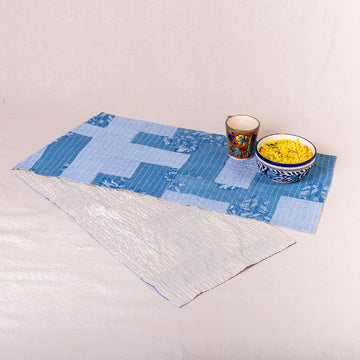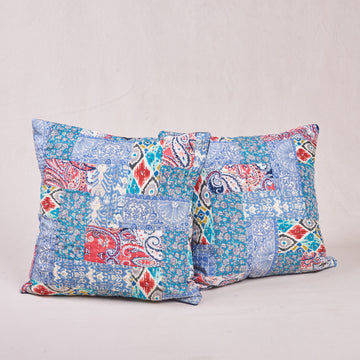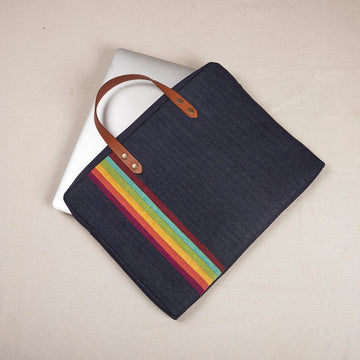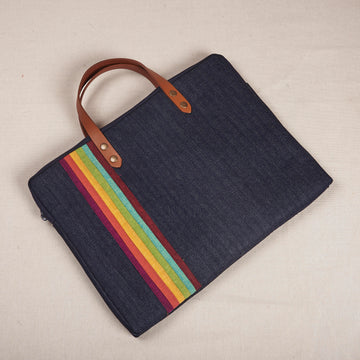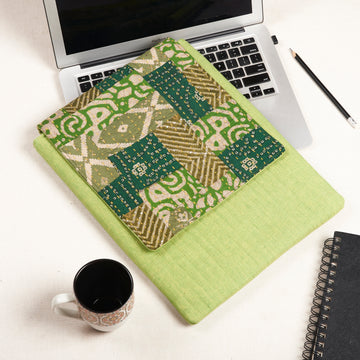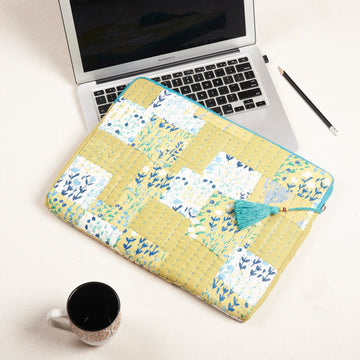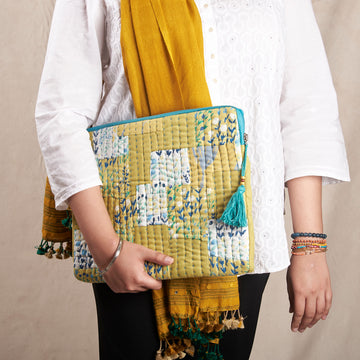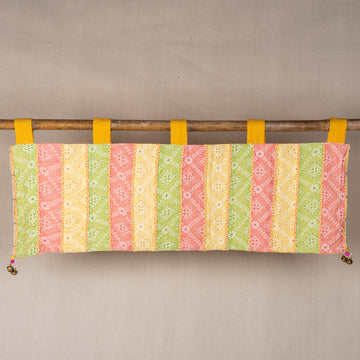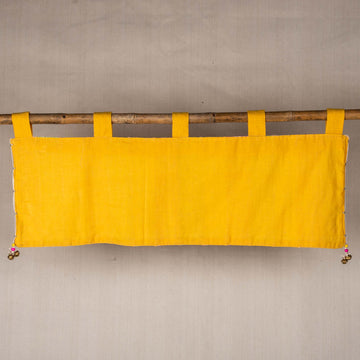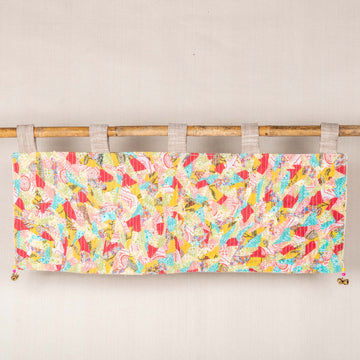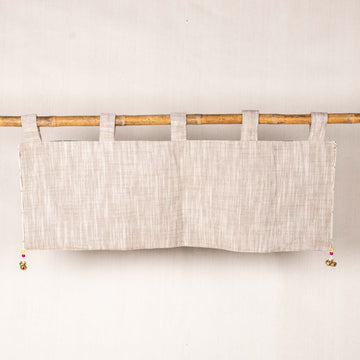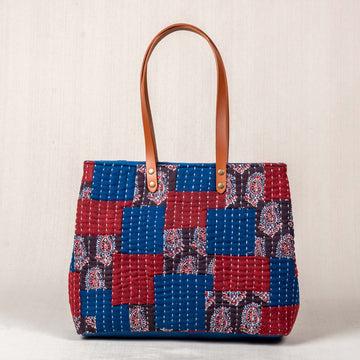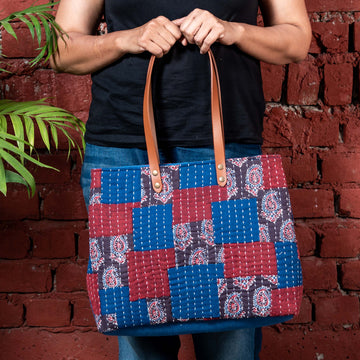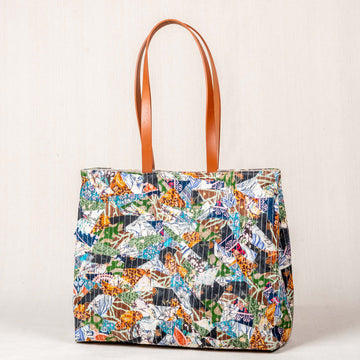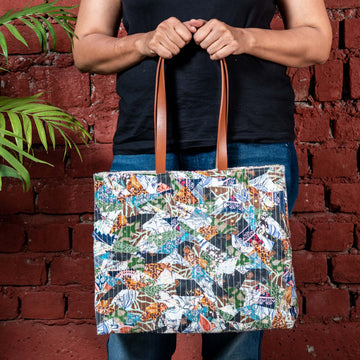Patchwork
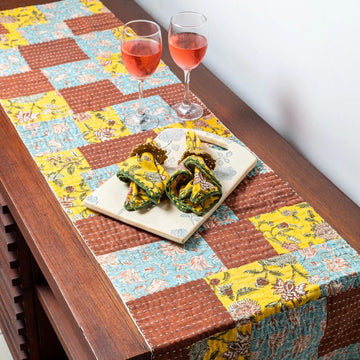
Patchwork
Patchwork is a vibrant and colorful textile art form that has a long history in India. Known as "ralli," patchwork has been practiced in various parts of the country for centuries, and continues to be a popular form of traditional handicraft today. It involves sewing together small pieces of fabric to create a larger design, often with a repeating pattern or motif. The result is a colorful and unique piece of textile art that can be used for a wide range of purposes, from quilts to clothing to home decor.
Transforming the mundane into the magnificent
The history of patchwork can be traced back to ancient times, with evidence of quilted fabrics found in the tombs of ancient Egyptian pharaohs. However, the practice of patchwork as we know it today became more widespread during the Middle Ages, when scraps of fabric were often used to create clothing and bedding. In Europe, patchwork quilts became particularly popular during the 17th and 18th centuries, and were often made as gifts for weddings and other special occasions.
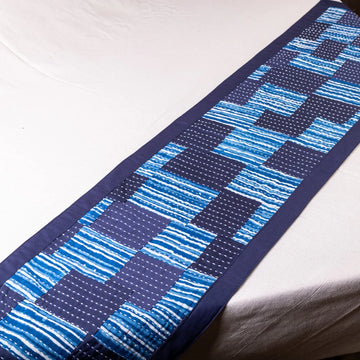
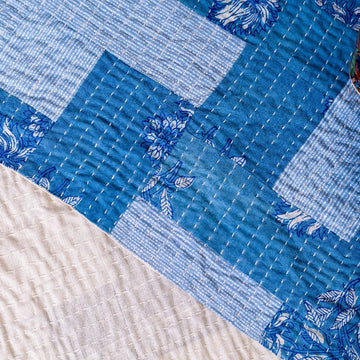
Technique
The basic process of patchwork involves cutting the fabric pieces into shapes such as squares, triangles, or diamonds. These shapes are then arranged into a design or pattern on a flat surface, such as a table or cutting mat. Once the design is set, the pieces are sewn together using a sewing machine or by hand using a needle and thread. One common technique used in patchwork is called "piercing." This involves sewing the fabric pieces together to create larger blocks or units that can then be combined to create a larger design. Piecing can be done using a variety of sewing techniques, including straight stitching, curved stitching, and applique.
Another common technique used in patchwork is called "quilting." This involves layering the patchwork design with a batting or padding layer and a backing fabric and then stitching through all layers to create a quilted effect. Quilting can be done using a variety of stitching patterns, including straight lines, curves, and decorative motifs.

